Prep soil for daikon radishes (Daikon radish how to grow) – Grow cylindrical and round shape daikon
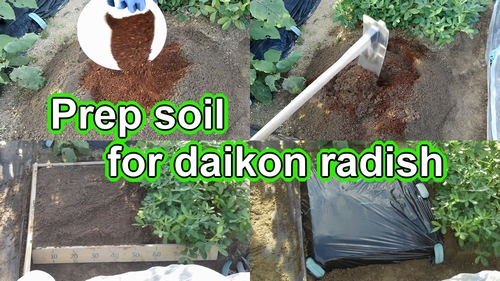
How to grow daikon radishes in organic farming. This year, we will grow “Shogoin" daikon radishes and green neck daikon radishes. “Shogoin" daikon is a round-shaped daikon radish, and green neck daikon is a cylindrical-shaped daikon radish.
This time, it’s the first attempt at cultivating daikon radish, so we’re preparing the soil. However, since okra is still planted in the daikon radish patch, we need to clear that away first.
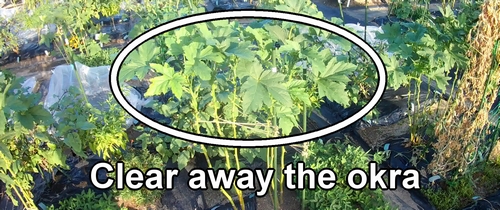
It feels wasteful to clear away the okra, but since we also want to grow daikon, we’ll make a compromise here.
Daikon radish seed to harvest time is about 2 to 3 months. For daikon radishes planted in autumn with harvest in winter, if we don’t prepare the soil starting around this time (around mid-September), the daikon plants won’t grow big. (To grow daikon radishes big, the suitable time for soil preparation is from around mid-August to mid-September.)
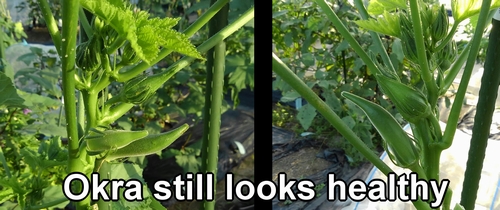
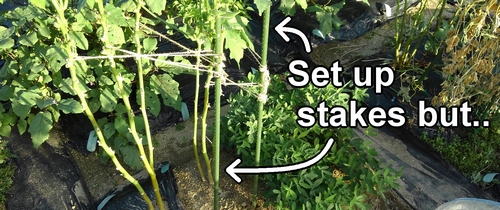
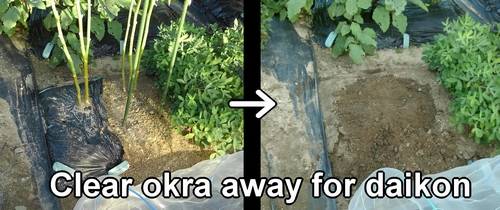
Preparing the soil for daikon radish (Cylindrical shape and Round shape daikon radish how to grow)
From here, we’ll start preparing the soil for daikon radish. First, we water the daikon patch to moisten the soil. (To ensure the daikon radish grows well after planting the seeds, keep the soil moist.)
After cultivating summer vegetables, the soil often becomes dry and hard, so it’s a good idea to water it and loosen it up a bit.
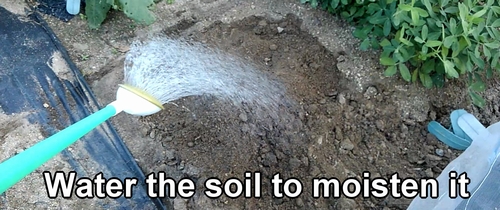
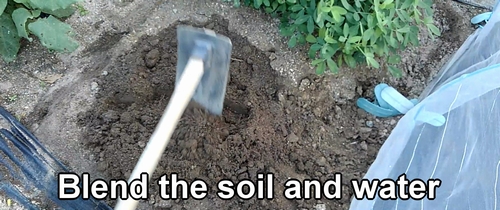
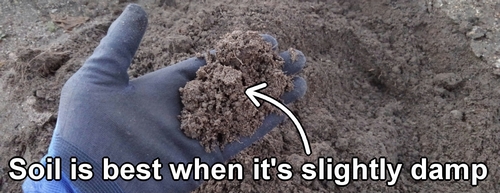
The soil is important for cultivating daikon radish. (Grow daikon radish depends on the soil.) For daikon radish, if there are stones or remnants of roots, it may fork, so we remove them.
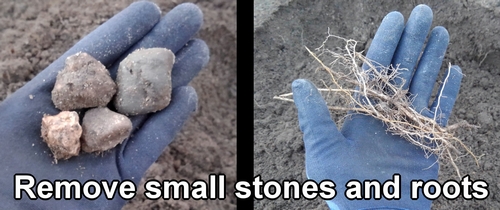
Next is fertilizing for Round shape and cylindrical shape daikon radishes. We use cow manure and canola cake as fertilizer for daikon radishes.
In a daikon radish plot of about 60cm × 60cm (23 in. × 23 in.), we put 1 liter (1 qt) of cow manure and 50g (1.8 oz) of canola cake.
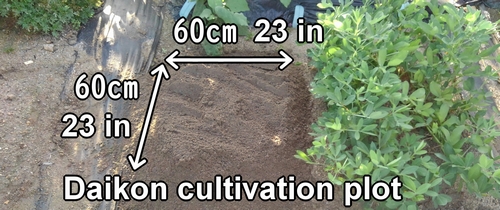
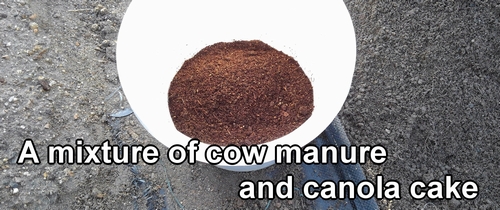
The fertilizer is thoroughly mixed with the soil. Since both cylindrical shape daikon and round shape daikon radish grow in the soil, let’s dig the soil deeply. If you plow to a depth of about 20cm to 30cm, I think the risk of forked roots daikon will be reduced. We also make sure to loosen up clumps of fertilizer, as they can cause forked roots in daikon.
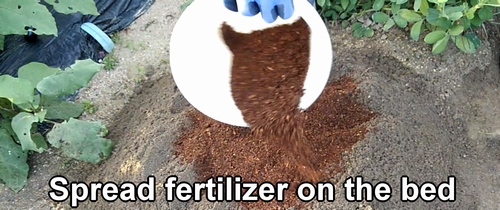
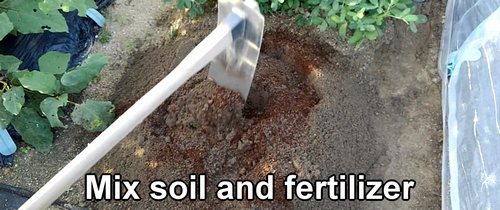
How to make a daikon radish bed (Daikon radish growing tips)
After fertilizing the daikon radish, the next step is to create the bed. Shape the daikon radish bed with a trowel and wooden boards.
As a tip for making a daikon radish bed, use a trowel to press the edges of the bed and make it slightly compacted. If you press the edges of the bed, you can maintain the shape of the bed.
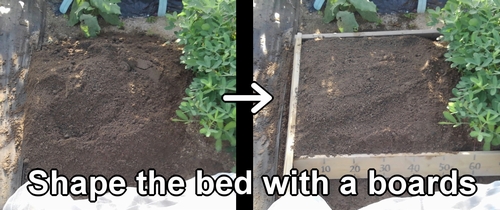
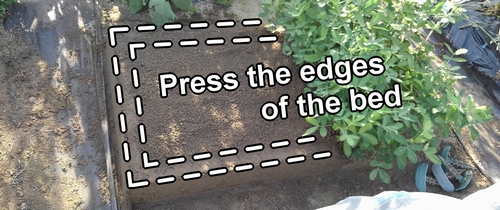
Afterward, cover the daikon radish bed with black polythene mulch, and secure the mulch with mulch pins.
Mulching is a traditional method for making the growing daikon radish healthy. Mulch will keep the soil moist. Your daikon radish bed is complete. (Soil preparation for round shape and cylindrical shape daikon radish is complete.)
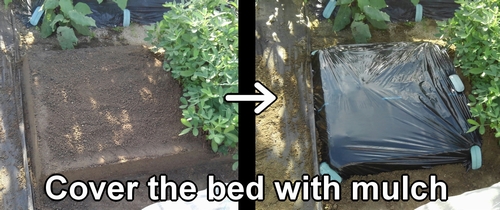
Related information on Shogoin daikon cultivation(Frequently Asked Questions for growing japanese daikon radish)
When is the sowing time for Shogoin daikon radish?
For large daikon radishes like Shogoin daikon, the best sowing time is around early to mid-September. If you sow the seeds late, around October, the root may not grow thick enough. For large Shogoin daikon, sow the seeds while it’s still warm in late summer so they can grow as big as possible before it gets cold.
How do you thin Shogoin daikon radish? (About thinning Shogoin daikon radish)
Start thinning Shogoin daikon radish after the seeds sprout and the cotyledon leaves appear. In the first thinning, remove the weaker plants by looking at the cotyledon leaves. The second thinning is when the Shogoin daikon has 3–4 true leaves. The third thinning is when it has 5–6 true leaves.
For thinning Shogoin daikon radish, it’s safest to use scissors. Pulling out plants can damage the roots of the ones you want to keep. Cut the stem at the base with scissors to thin out the plants.
Do you have a growing record for Shogoin daikon radish?
The growing record for Shogoin daikon radish (2020 version) is at the link. It shows everything from soil preparation to harvest.
I am also growing Aokubi daikon radish along with Shogoin daikon. (The growing method is almost the same as for Shogoin daikon.)
Following is the video for how-to. English subtitles are available.
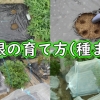




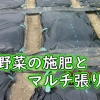
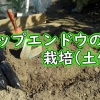

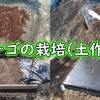






Discussion
New Comments
No comments yet. Be the first one!